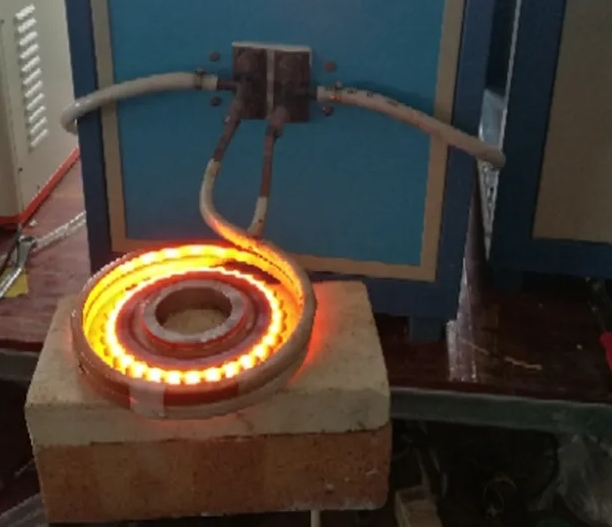- 19
- May
Comparison of gear laser quenching and ordinary quenching methods
Vergleich von Zahnrad-Laserabschrecken und gewöhnliche Abschreckverfahren
Gears are widely used parts in the machinery manufacturing industry. In order to improve the bearing capacity of the gears, the gears need to be surface-hardened. The traditional gear hardening process, such as carburizing, nitriding and other surface chemical treatments and induction surface quenching, flame surface quenching, etc., have two main problems: that is, the deformation after heat treatment is large and it is difficult to obtain a hardened layer that is uniformly distributed along the tooth profile. Thus affecting the service life of the gear. The comparison of gear laser quenching and ordinary quenching methods is described below.
Although traditional tooth surface hardening processes such as high-frequency quenching, carburizing, nitriding, and liquid nitrocarburizing can obtain hard-tooth surface gears, the following problems exist to varying degrees: excessive quenching deformation (such as carburizing), hardened layer Too shallow (such as nitriding) tooth surface hardened layer is unevenly distributed (such as carburizing, high-frequency quenching, flame quenching), and usually requires secondary reshaping after quenching, which is expensive, and if the deformation is too large, the grinding allowance is not enough It will also cause the gear to be scrapped.
Nachteile traditioneller Handwerkskunst:
Herkömmliche Wärmebehandlungsverfahren verwenden meist Hoch- und Mittelfrequenzabschrecken, Aufkohlen, Karbonitrieren, Nitrieren und andere Verfahren. Der Vorteil besteht darin, dass die gehärtete Schicht tief ist und in Massenproduktion hergestellt werden kann. Aufgrund der langfristigen Erwärmung des Zahnrads auf hohe Temperaturen neigt seine innere Struktur jedoch dazu, zu wachsen, was leicht zu einer großen Verformung der Zahnoberfläche führt und schwierig ist, eine gehärtete Schicht zu erhalten, die gleichmäßig entlang des Zahnprofils verteilt ist, wodurch die Lebensdauer des Getriebes. Gleichzeitig ist der Verarbeitungszyklus des herkömmlichen Verfahrens sehr lang und der Energieverbrauch sehr groß. Es ist nicht einfach, eine gehärtete Schicht zu erhalten, die gleichmäßig entlang des Zahnprofils verteilt ist, wodurch die Lebensdauer des Zahnrads beeinträchtigt wird.
Therefore, reducing the deformation of the tooth surface and shortening the processing cycle has always been one of the key technical problems in gear tooth surface hardening. The laser heat treatment has small deformation, short cycle, and no pollution, which provides an effective way to solve the quenching deformation of the tooth surface; and the process is simple, the processing speed is fast, the depth of the hardened layer is uniform, the hardness is stable, and the wear resistance in the gear transmission meshing process. Strong, its overall comprehensive performance is good.

